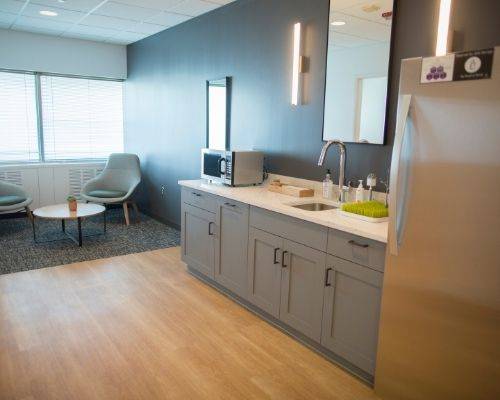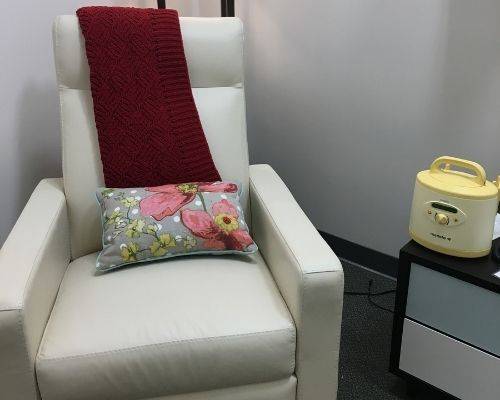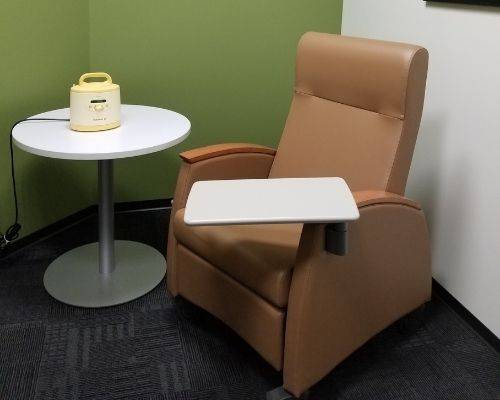No Products in the Cart

Employers have an important role in helping new parents transition back to work after having a baby. During COVID-19, supporting new parents as offices reopen or while they work from home is even more critical. In this article, you'll learn about the lactation laws that impact employers and how you can support your breastfeeding employees.
We interviewed Sheila and Cassi Janakos, the mother-daughter duo that run Healthy Horizons, and Cara Barrick, shareholder of Ogletree Deakins San Francisco to understand the lactation laws you need to comply with as an employer and protect your organization from legal action. Retain more of your valuable employees by creating an inclusive and supportive workplace environment for employees who are breastfeeding.
Laws exist at federal, state and even local levels. For the most part, all employees are covered by the federal law. You can check out our full blog on Workplace Lactation Law to review federal lactation laws. 32 states have their own state laws. See your state’s laws here!
Cara Barrick, SPHR-CA, SHRM-SCP, provides legal counsel for businesses in employment law compliance issues. "Sometimes it’s hard to start a conversation about lactation at work, but these laws are here to help you navigate the workplace lactation landscape," says Barrick.
If you are an employer and you know an employee is going on maternity leave, there should be a return to office plan. Make sure to sit down with your employee before they take leave to ask what their plans are for returning to office. You don’t specifically have to ask if they will be lactating, but you should ask if workplace lactation accommodations will be needed.
A lactation room is NOT a bathroom. Lactation rooms must be private, safe, clean and comfortable. Lactation rooms should be in close proximity to the employees' workspace The room must have a chair, preferably made of leather, vinyl or other wipeable material, a surface for the pump, a second surface for personal items, and an electrical outlet. A sink with hot water, good lighting, hospital-grade breast pump and refrigerated milk storage are also important to create a usable space for pumping.
One of the most frequent issues we see in lactation rooms is lack of adequate privacy. The lactation room must be a private and safe space. The room should be appropriate; no security cameras, no windows, no clear or see through walls, the door should lock, and it must have proper signage.
Mothers should not feel stressed about needing to pump milk for their children at work - it can affect their milk production and consequentially lead to more sick days. As an employer, you do not want to be on the receiving end of being the reason a mother could not produce milk. Sometimes privacy isn’t taken into account and this is when lawsuits are enacted.
Healthy Horizons provides full-service corporate lactation rooms. Contact us for a free estimate or to schedule an assessment of your organization's lactation requirements.



"Mothers should not feel stressed about needing to pump milk for their children at work."
An employee’s break should be used to physically pump milk, they should not need to spend time setting up the room to make sure it is safe and private. It is the employer’s job to ensure the lactation room is set up, safe, private and comfortable.
Nursing mothers will typically need 2-4 breaks to pump over an 8 hour shift. The break should be at least 20 minutes just to pump, plus there is some time needed to walk to the Mother’s Room and time to set up and clean the pump before and after use. If an employee asks for 45 minutes, that is a reasonable request.
Only a handful of states provide paid pumping breaks. In some states, employees will take their regular paid breaks and use that for their pumping breaks plus some additional unpaid time.
Employers have been creative and supportive during the COVID-19 pandemic. This has created a great opportunity to discuss workplace lactation accommodations. The fact is, lactation rooms cannot be closed during COVID-19. Some Mother’s Rooms have multiple pumping stations, but due to COVID-19 Healthy Horizons recommends separators, or single use Mother’s Rooms to maintain social distancing.
HEPA filters can help filter out COVID-19 particles in the Lactation Room. We also recommend stocking the lactation rooms with extra cleaning supplies such as gloves and CaviCide. Furthermore, even when employees are working remotely, they are still entitled to their lactation breaks.
Sometimes employers don’t have the personal knowledge or experience of breastfeeding, so it may be a new concept. Penalties can be motivators, if needed, to add a workplace lactation room to your workplace. It would cost a lot more to violate workplace lactation laws than to originally set up Lactation Rooms. There has been an 800% increase in lactation law lawsuits according to UC Hastings.